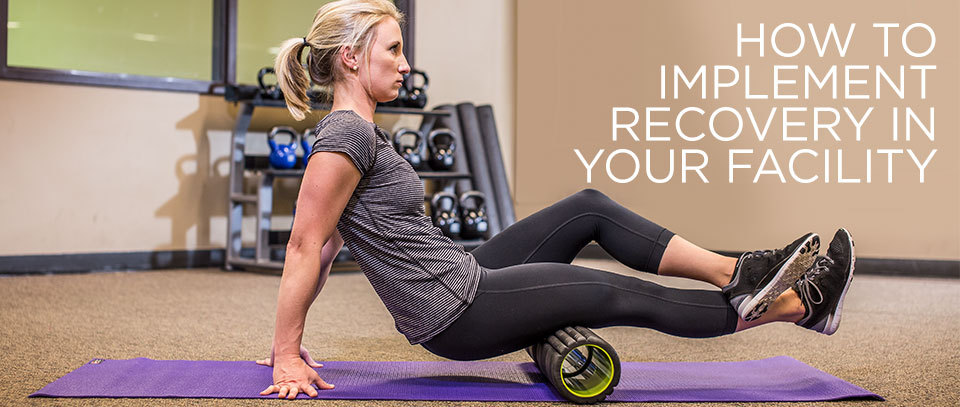While HIIT training has gained and sustained popularity over the past five years, another training trend that is quite the opposite seems to be gaining momentum – recovery. Athletes of all levels and sports are posting videos of themselves in dynamic compression systems or sharing photos of the aftermath of a cupping session. And pro athletes aren’t the only ones expanding upon their recovery techniques. You might have noticed more members walking around in compression garments or sporting temporary tattoos of kinesiotape. One might draw the conclusion that the spike of interest in recovery techniques is directly related to the increasing number of everyday athletes competing in the high intensity, high volume “sport of fitness”.
Far before wearable recovery items were on trend, “rest days”, static stretching, and self-myofascial release were the primary recovery recommendations of coaches and trainers. This year, flexibility and mobility rollers appeared in the ACSM Top 20 Fitness Trends and it seems the products, principles, and techniques for self-myofascial release (SMR) are becoming more mainstream as well.
Many of your personal training clients receive detailed explanations and specific exercise recommendations for SMR exercises to counteract the effects of their training sessions. Some non-training members might occasionally take up a foam roller and mimic rolling techniques they have witnessed, but it is safe to say that without proper instruction these members might not be receiving the maximum benefits of SMR.
As you make the final preparations for the New Year in your club, make plans to embrace the recovery trend in your facility.
1. Host a free recovery training workshop.
Get a few trainers on board to educate members on the importance of implementing recovery techniques into their weekly workout routine. After the holidays, the frequency and intensity of workouts in your facility will increase dramatically, so equip your members with the ability to maximize their recovery time.
2. Add recovery classes to your group fitness schedule.
Before you finalize your January group fitness schedule, consider adding a few recovery based classes that consist of dynamic and static stretches and foam rolling exercises. These types of classes can be 20-30 minutes in length, led by group fitness instructors or personal trainers. In fact, this is a great way for personal trainers to connect with the GX crowd and maybe even grow their clientele.
3. Make room for recovery on the floor.
Identify an area on the fitness floor that can be transformed into a Recovery Training Zone. Make sure this area is clean and inviting and equipped with plenty of mats, foam rollers, and other stretch aids. New and existing members will appreciate a well-equipped recovery or movement prep space that is off the beaten path – providing ample space for warm up/cool down and limiting interruptions from members passing through.


You must be logged in to post a comment.